Published 28th Dec. 2022
Reading time
An architectural masterpiece suspended across 118 islands in northern Italy’s Veneto region, Venice’s existence is a remarkable feat of both engineering and creativity. With canals replacing roads, the city became a major maritime power in the tenth century and a significant centre of art and architecture. Its popularity certainly hasn’t waned over the years and the summer sees the floating metropolis transform into a tourist trap, characterised by teeming campi (squares) and gondola-congested canals. During winter, however, the Venetians reclaim the cobblestone lanes and Venice is restored to its rightful glory, making for a picturesque Italian holiday. The weather may not always be on its best behaviour, but with the walkways wonderfully free from tourists and the church bells providing a gentle soundtrack, the city is at its most romantic. Visit Venice in winter to feast on comforting Italian fare, enjoy the emptiness of the labyrinthine streets and experience its seasonal festivities.
1
The drop in temperature during the winter season is typically accompanied by carb cravings, and what could be more inviting than indulging in Italian food as an antidote to the cold weather? Venice in winter is no exception and you’ll find plenty of satisfying Italian dishes on offer in its trattorias and bàcaris (Venetian tapas bars). Pasta is less of a staple here than in other regions, with polenta and rice claiming the starring role in Veneto’s cuisine. Cicchetti (Venetian tapas) is another speciality of the city and while the word ‘tapas’ may conjure up images of beachside eats (accompanied by sangria), cicchetti was created to be eaten as a snack standing up, saving time during the working day. Cicchetti is to Venice what pizza is to Naples, and offers an excellent means of fuelling days spent wandering the wintery streets. Other examples of gastronomic excellence include hearty pork goulash, golden spaghetti, creamy risotto nero di sepia (squid ink risotto) and rich Venetian duck ragu.
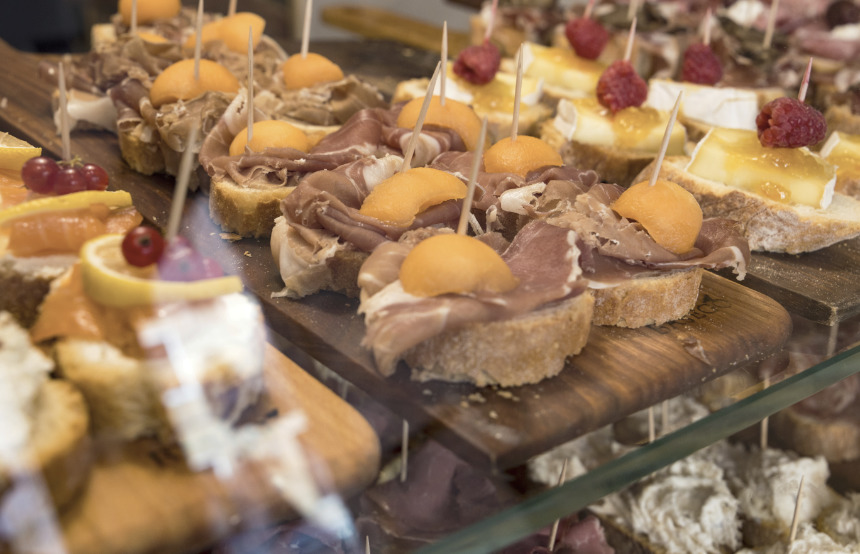
2
In general, tourist crowds tend to lessen come winter, yet one exception to this rule is during the annual Carnevale di Venezia (Venice Carnival). Held before Lent in late February or early March, the long-standing tradition draws thousands of mask-wearing visitors to the city. If colourful festivities are your thing, you can join the celebrations by donning a mask of your own and watching the elaborate street processions. For a more serene sojourn, the Christmas period could represent the festive sweet spot for spending winter in Venice. With twinkling lights strung up across the canals and a Christmas tree standing tall in Piazza San Marco, the city takes on a magical quality. Visiting Venice’s Christmas markets or strapping on some ice skates in the Campo San Polo are also worthy winter activities.
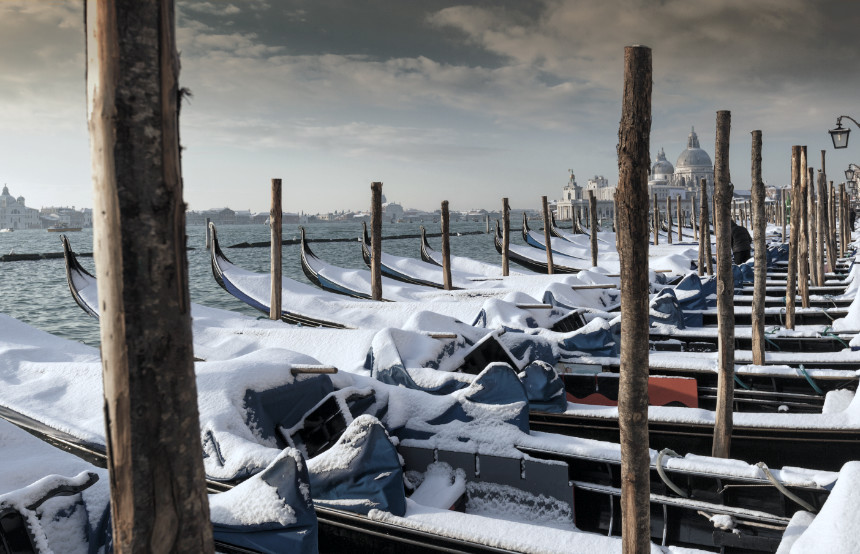
3
If you dream of seeing St Mark’s Basilica and exploring the Palazzo Ducale but find the throngs of selfie-taking tourists off-putting, visiting Venice in winter could be the solution. The colder climes from October to March deter many travellers and the more civilised crowds allow for better sightseeing. With the walkways (and waterways) mostly occupied by unhurried locals, you can enjoy the city’s main attractions in relative solitude. St Mark’s Basilica, the Palazzo Ducale and Piazza San Marco form the trifecta of Venice’s most visited spots and all three can be uncovered with a guided tour of the city alongside a knowledgeable local. Cruising down the uncrowded Grand Canal in an authentic gondola and snapping a photo of the view from the Rialto Bridge – without having to vie for space – are also highlights of opting to travel at this time of year.
Written by Luisa Watts
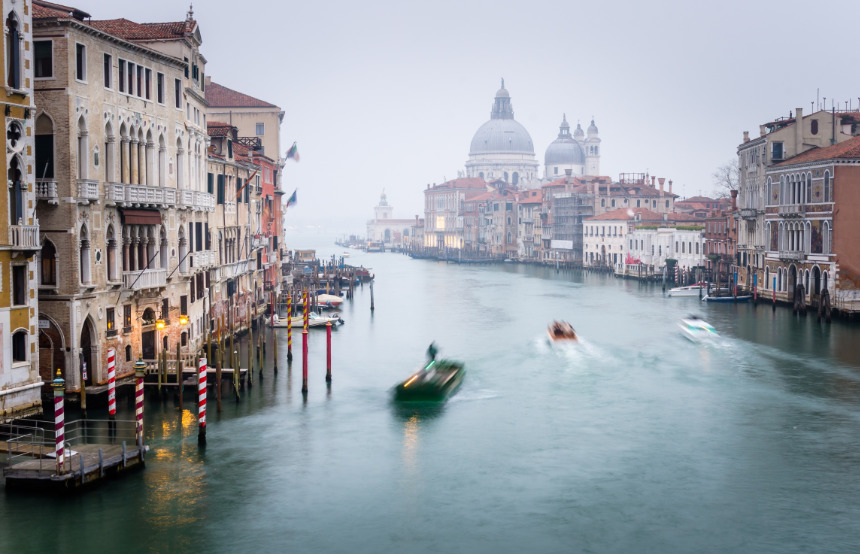

Italy is a holiday hotspot (for good reason), so our help in navigating the crowds is invaluable. From snapping up hard-to-come-by Vatican tickets (at the quietest times of day) to organising an archaeologist to guide you around Pompeii, our consultants have the insider intel to make your trip unforgettable. Stuck on where to stay? Our vetted accommodation options range from family-run ‘trullis’ in Puglia to big-name hotels in Venice. So, whether you're an adventurous family or a couple on a romantic retreat, we can find the version of Italy to suit you.
ENQUIRE NOWPractical advice and inspiration for your next trip
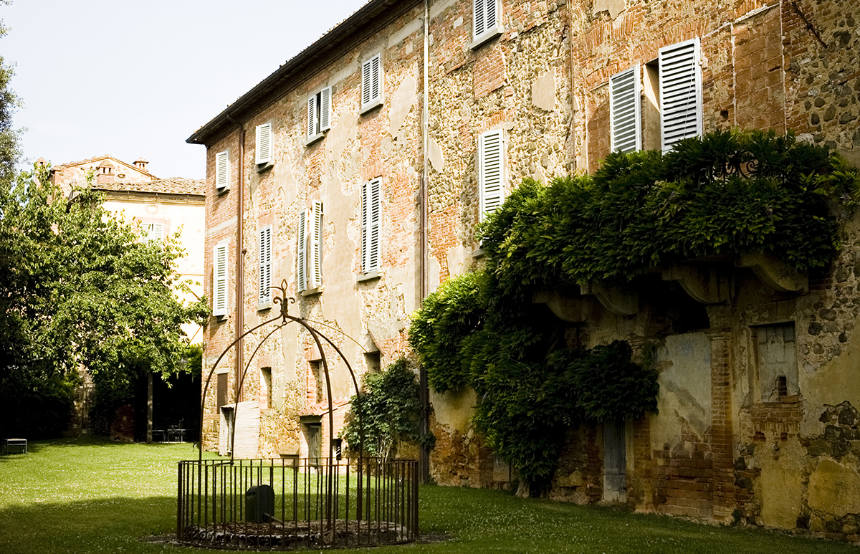
On a research trip to Umbria and Tuscany, our Europe specialist, Valeria, discovered that the best way to explore the Italian countryside is by car. During her road trip, she marvelled at Marmore Falls, admired the beautiful views over Lake Trasimeno and wandered through the UNESCO-listed village of Castiglione d'Orcia. From cooking classes to wine tastings, her trip was jam-packed with Italian delights.
14th October 2025 - Italy Travel Tips
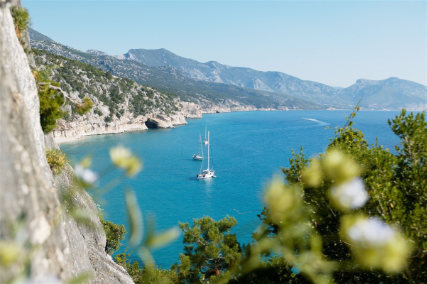
With its iconic landmarks, stunning scenery and famously delicious cuisine, Italy has long ranked as one of our all-time favourite destinations. This Mediterranean marvel is often thought of as a summer spot, but plan your trip to Italy in May and you’ll be rewarded with warm weather, fewer crowds, springtime festivals and scrumptious seasonal food. Have we piqued your interest? Read on for our top five reasons to visit Italy in May… For the weather For fewer crowds For springtime festivities For outdoor activities For the food For the weather Italy,
18th August 2025 - Italy Travel Inspiration
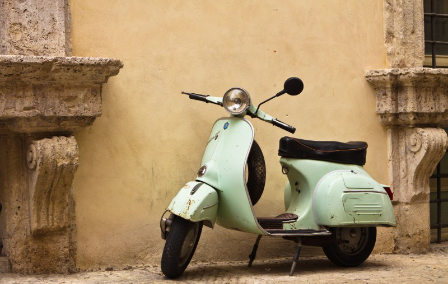
Dodge the summer surge and enjoy a holiday to Italy in September. Scale the dramatic Dolomites in the refreshing autumn air, raise your glass in the Tuscan hills during grape harvest season or immerse yourself in Venice’s flamboyant festivities. If it’s thinning crowds you’re after, head south to Puglia’s charming coastal towns, or for sun-drenched sandy beaches, Sicily has your name written all over it.
16th June 2025 - Italy Travel Inspiration

Our team of destination experts will get to know you and your unique requirements for your holiday

We work with you to build an ultra-personalised holiday itinerary with your choice of accommodation, experiences and activities

All of our holidays include little extras designed to make a big difference to your trip, from fast-tracking you through airport check-in and security to our network of local Concierges